500 years ago, Leonardo da Vinci’s famous anatomical drawings opened up a new era in the representation of human anatomy. His studies also provided the inspiration for the digital 3D renderings shown here, created from tomographic image stacks using the VOXEL-MAN 3D visualization system. Both versions show the anatomy in their very own aesthetic.
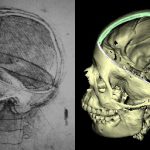
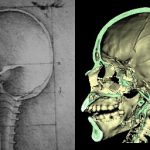 The skull sectioned (1489, RCIN 919057) | 2300 year old Egyptian mummy reconstructed from CT images (1989)
The skull sectioned (1489, RCIN 919057) | 2300 year old Egyptian mummy reconstructed from CT images (1989)
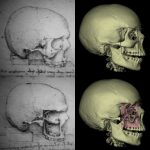 The cranium (1489, RCIN 919057) | Egyptian mummy from CT images (1989)
The cranium (1489, RCIN 919057) | Egyptian mummy from CT images (1989)
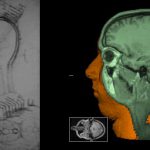 The layers of the scalp, and the cerebral ventricles (ca. 1490-1492, RCIN 912603) | 3D Reconstruction from MRI images (1989) | Note the small cross-sectional images at the bottom
The layers of the scalp, and the cerebral ventricles (ca. 1490-1492, RCIN 912603) | 3D Reconstruction from MRI images (1989) | Note the small cross-sectional images at the bottom
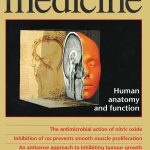 — | 3D Reconstruction from MRI images | Featured on the cover of Nature Medicine (1995)
— | 3D Reconstruction from MRI images | Featured on the cover of Nature Medicine (1995)
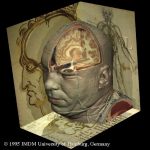 — | Head of the Visible Human (1995)
— | Head of the Visible Human (1995)
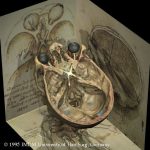 The cranial nerves (ca. 1508, RCIN 919052) | Head of the Visible Human (1995)
The cranial nerves (ca. 1508, RCIN 919052) | Head of the Visible Human (1995)
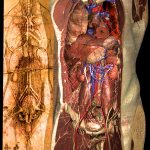 The cardiovascular system and principal organs of a woman (ca. 1509-1510, RCIN 912281) | Torso and internal organs of the Visible Human (2000)
The cardiovascular system and principal organs of a woman (ca. 1509-1510, RCIN 912281) | Torso and internal organs of the Visible Human (2000)
RCIN refers to the inventory number of the Royal Collection at Windsor Castle.
References
- Karl Heinz Höhne, Leonardo meets VOXEL-MAN. In Medicine Meets Virtual Reality 17 Course Syllabus, Salon and The Well, Long Beach, CA, 2009, 25.
Back to VOXEL-MAN Gallery